
The Logitech G Cloud breaks new ground by becoming one of the first mainstream devices that focuses solely on cloud gaming. There are no downloads and no wait times, but that comes at a price beyond the device itself.
Hardware & display
Built as a stand-alone device, the Logitech G Cloud is in a class of its own. It has a touchscreen display with controls on either side of it, fitting well into the handheld gaming device category.
Almost the perfect size
In total, the footprint of the G Cloud feels just right, coming in at around 10 inches wide and about 4.5 inches tall. The display runs at 7 inches across and can get up to a peak brightness of 450 nits – not impressive but still very manageable. Logitech opted for an FHD 1920 x 1080 display, so you won’t be able to make full use of 1440p in GeForce Now. In practice, the display does a fantastic job of representing a full range of colors and detail. Not once did I feel disappointed that this was an IPS panel rather than OLED, but maybe that’s just me.
On the right and left sides, you’re equipped with all the controls you’d find on any gaming controller. The right houses your ABXY buttons and a thumbstick is placed right underneath it. There’s also a home button that’ll bring you to the homescreen at any time along with a menu button for in-game options.
The left side has a complimenting left thumbstick and D-pad right under it. There’s a G button that works much like the Xbox jewel, in that it can bring up Xbox Game Streaming or GeForce Now options. Closer to the top is your “more” button, which works in conjunction with the in-game menu button.

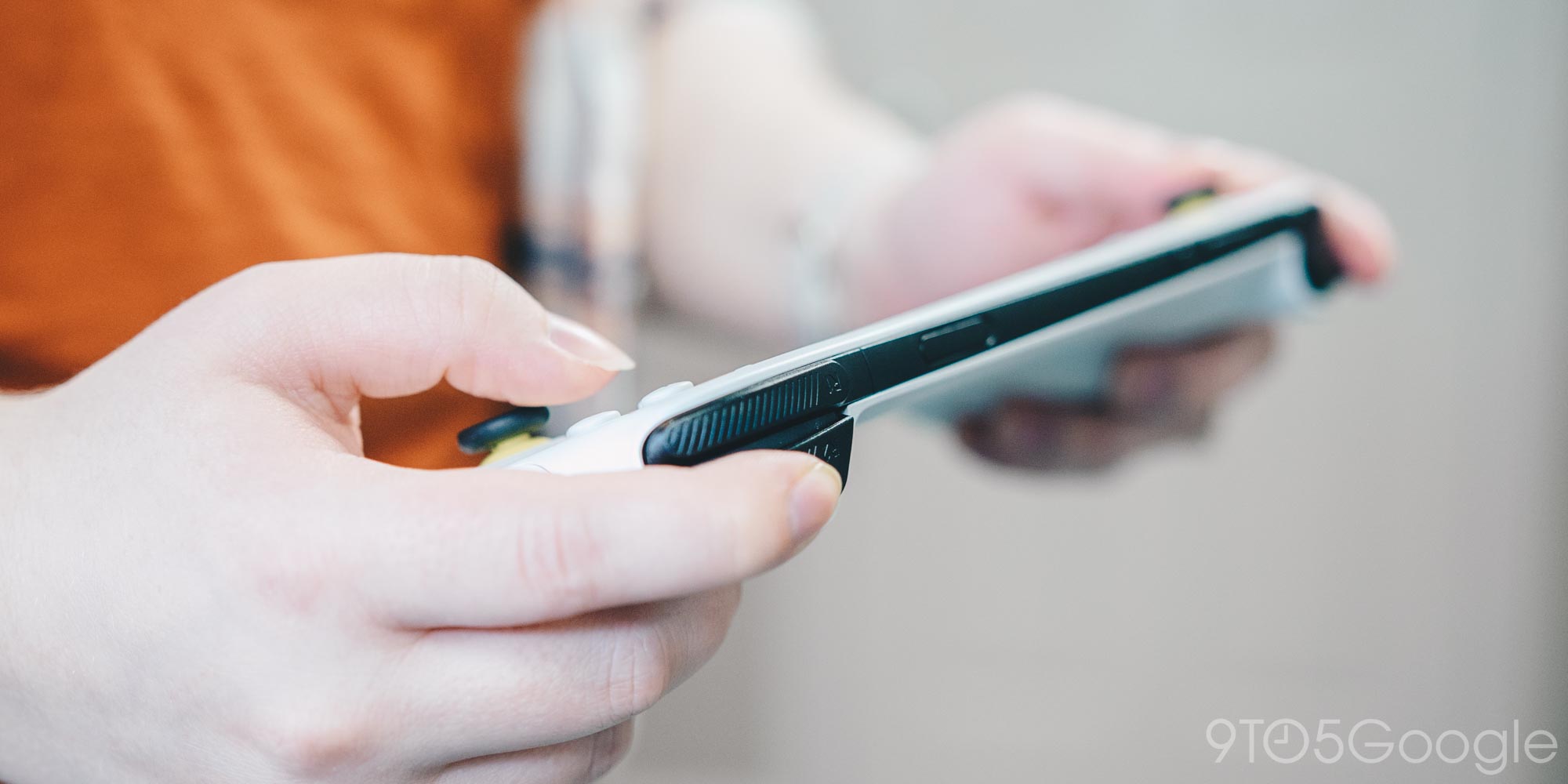
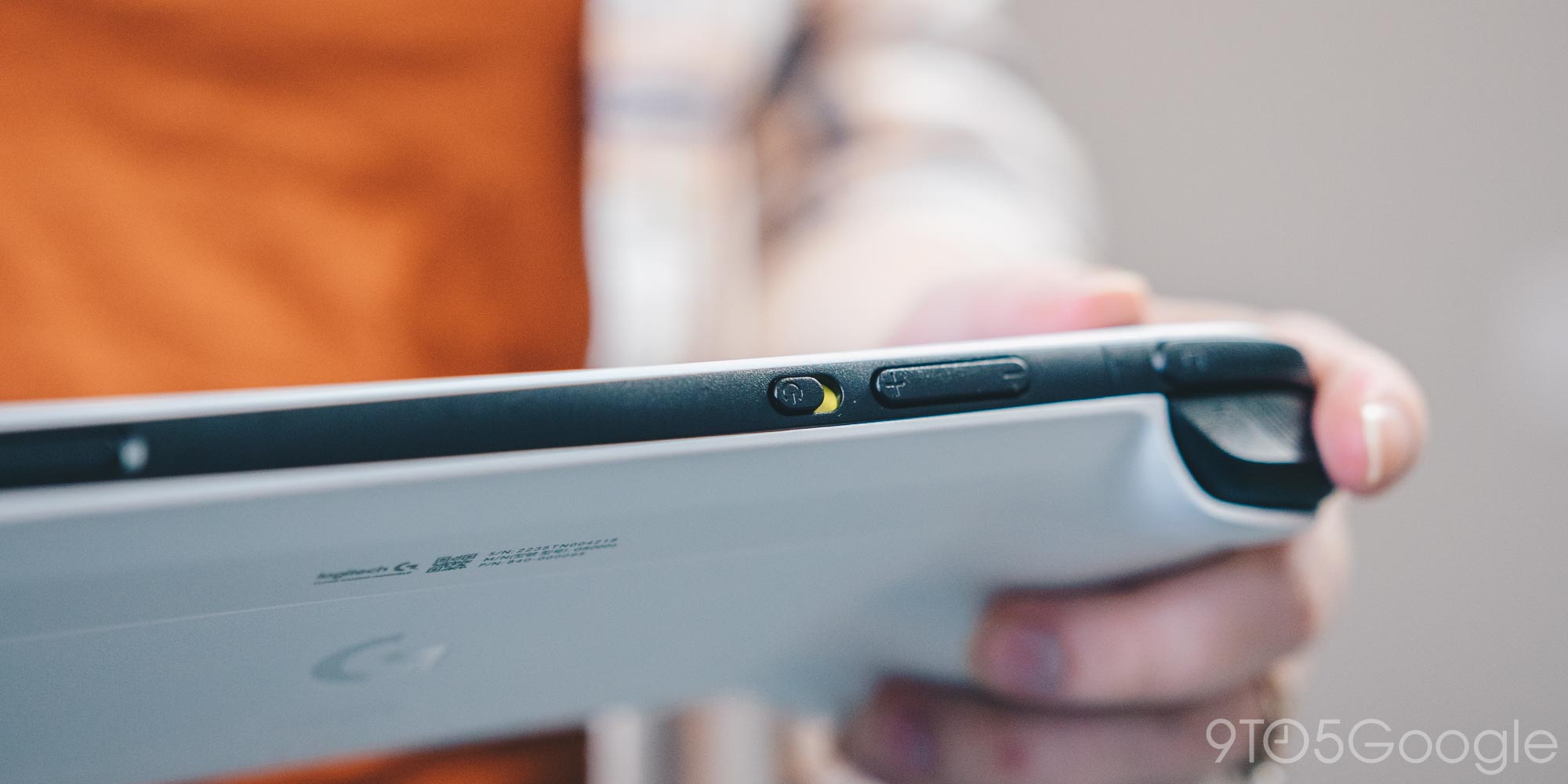
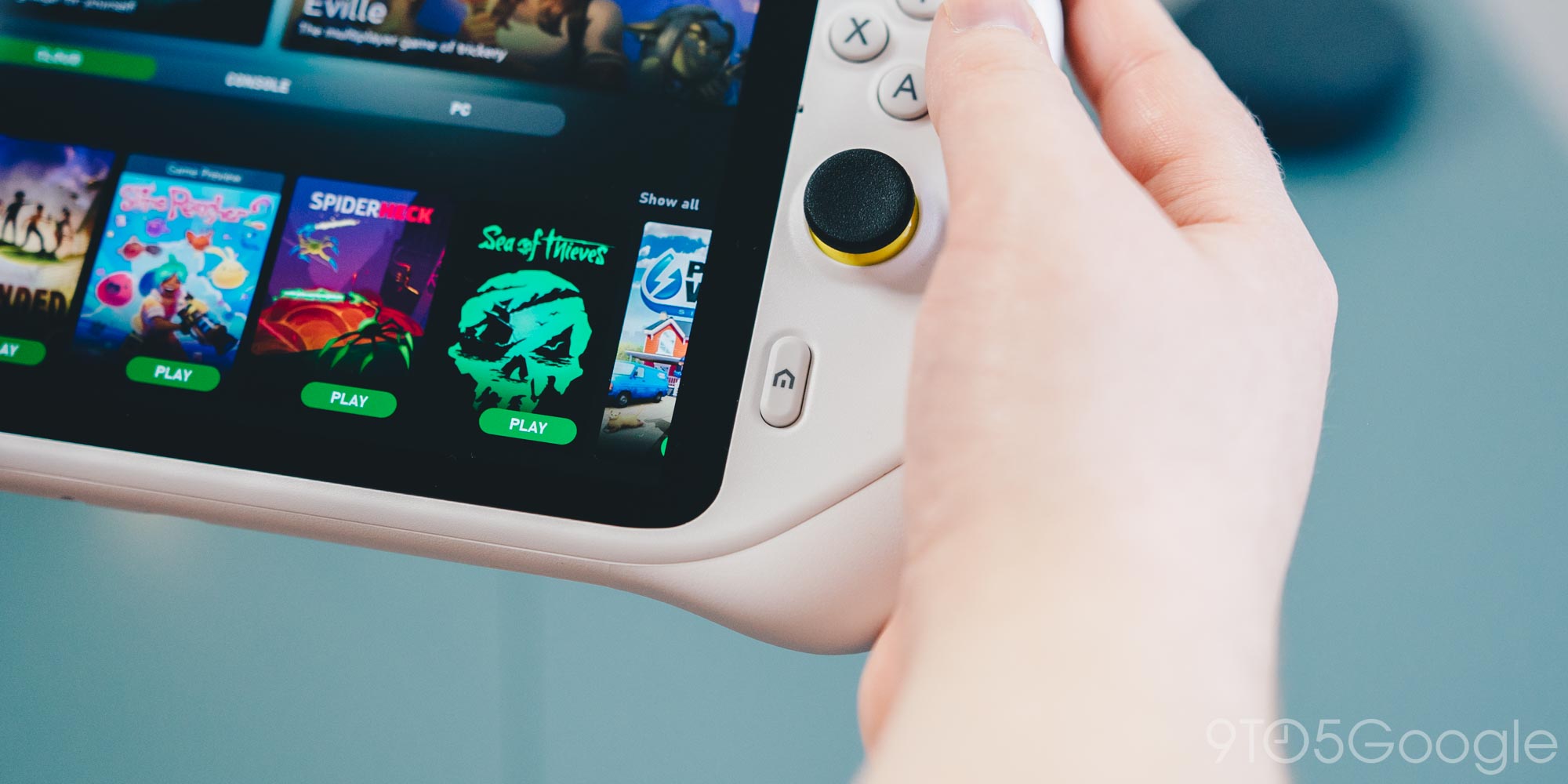
The top of the G Cloud houses basic power and volume controls, with Logitech opting for a power slider rather than a button. It’s spring-loaded, so one push to the left will put the G Cloud to sleep while holding it to the left brings up a power menu. The G Cloud also houses left and right triggers as well as left and right bumpers. Beside that is a microSD card slot to complement the 64GB of internal storage.
Comfort that lasts for a while
In all my hours of gaming with the G Cloud, I have been almost 100% satisfied with how the controls feel. The front-facing buttons feel great and aren’t either too mushy or clicky, while the joysticks have just enough give to them in any direction. As for the triggers, this is where I’m not fully content.
Because Logitech had to really focus on portability and not taking up too much space, I understand the need to design them with short travel, though that doesn’t feel incredible in practice. The issue to me seems to be a combination of the total size of the trigger being thin, as well as the travel being so short. With that, I feel my finger putting the brunt of my pushing power around the point of rotation. In other words, I feel like I’m just pushing on the hinge, not the trigger itself. Because of that, the triggers feel a bit mushy during gameplay, and when playing cloud games that already have an issue with latency, it doesn’t make for a fantastic experience.
This could be a personal issue, but it’s still worth noting. Other than the triggers, as I mentioned, every other button feels almost perfect and gaming for hours on end was a pleasant experience.
The outer edges of the G Cloud are tapered out slightly, giving a better grip on the device. If it were a rectangle, I’d have the same issue I have on the GameSir X2 Pro which was extreme thumb fatigue due to the thumbstick being far too close to the edge of the controller. With the G Cloud, this is much less of an issue, and the handheld is very comfortable to grip for long periods. The back also has protruding rests that help comfort significantly.
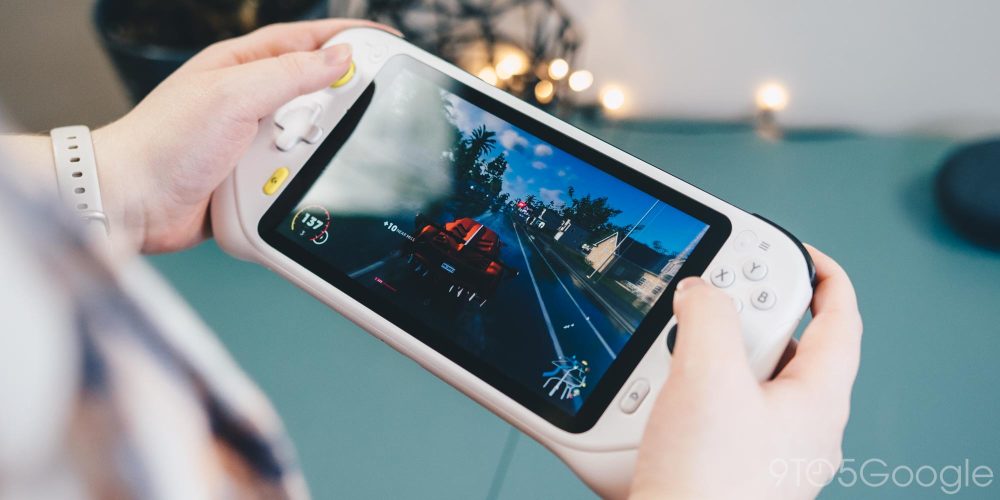
For most of the time I spent with the G Cloud, I opted for a couple of racing games from very different ends of the spectrum. The first I played was Hot Wheels Unleashed – and hours of it. After that, I moved to The Crew 2 on GeForce Now and loved every minute of it. I did try to expand into Slime Rancher 2, though Xbox Game Streaming can’t seem to handle input lag very well with that game, so in turn, the controls were too sensitive and too jittery.
Related: Logitech G Cloud: Which games you can play on the newest cloud handheld?
Connectivity & battery
The G Cloud is, first and foremost, a cloud-streaming device. With that, it is interesting to note that it doesn’t have Wi-Fi 6 potential nor does it come with a SIM slot for data capabilities. This would have been a nice touch, though it’s understandable for a first-gen, budget-optimized device.
What really makes the lack of 5G capability hard to swallow is the absolutely incredible battery life the G Cloud gets. I think I may have only had to charge it once over the two weeks I’ve been using it. It charges over USB-C and has Quick Charge 3.0, which gets you to 100% in 2.5 hours.
Logitech estimates around 12 hours of battery life under normal usage, and I found that to be spot on. I felt like 2-hour gaming sessions didn’t even graze the battery indicator, leaving me with well over 10 hours of game time before needing to top it off.
Of course, that makes sense, given it has a 6000 mAh battery and it relies on game streaming rather than any major GPU work to render games.
Software & performance
In all honesty, hearing that the G Cloud would be running Android 11 prior to launch was a slight bummer. It’s a few generations behind what’s currently available, and it also doesn’t bode well for regular updates. With that aside, the Logitech G Cloud absolutely kills it on the performance side of things.
A gaming skin that’s easy to use
The Logitech G Cloud is Android-based, which gives it the ability to run most of your favorite Play Store apps/games along with built-in custom PWAs for cloud gaming services like Xbox Game Pass streaming and GeForce Now. Should you prefer, during setup you can choose to run a tablet version of Android wherein you don’t get the nice gaming hub developed specifically for cloud gaming. Beyond that, you still get a taste of Android 11 in the extra settings menu, which houses the basic settings you need to configure to run the device. The main settings menu has Logitech’s design overlaid, and is easy to navigate.
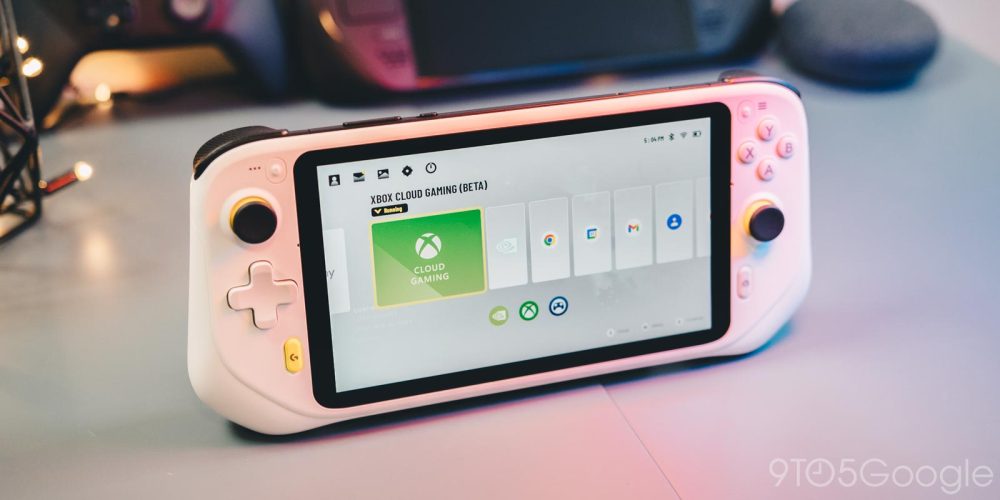
The homescreen is where you really feel Logitech’s skin. It houses all of your recent apps – of which you can download many – as well as some preinstalled instances of both Xbox’s cloud service and GeForce Now. Those two services are supported straight out of the box, with both companies working with Logitech for the G Cloud specifically to create apps that work well, and they do indeed.
Gaming performance that could be perfect
Besides the outdated Android version loaded onto the G Cloud, there is another spec that raised a few eyebrows well before release. The G Cloud runs a Qualcomm Snapdragon 720G – an older midrange SoC from 2019. The choice of processor for the G Cloud is an interesting one for sure. It was likely a cost-cutting measure, though I really can’t complain because it just works.
Never once in my time with the G Cloud did I think, “Man, if only I had more processing power this game would run better,” because frankly, it doesn’t take much power to run a cloud-based game. As long as you’re not downloading resource-heavy games from the Google Play Store, the 720G is a perfectly fine choice in SoC.
During my G Cloud experience, I’ve played just about every platform out there. GeForce Now, Xbox Game Streaming, Amazon Luna, and Stadia are all playable and work as expected. Officially, only Xbox Game Streaming and GeForce Now are supported, though the Stadia app is available via the Google Play Store – for a limited time of course – and you can play Amazon Luna through Chrome as long as you enable desktop mode. We’re unsure why it works in desktop mode only, but that’s been my experience and will likely be until official Luna support comes to the handheld.
With every single one of those services, I’ve had the best experience possible given the limitations of each, and that’s where the G Cloud becomes a device with perfect potential. Your gaming experience is almost never limited by the device, but by what each cloud gaming service is capable of.
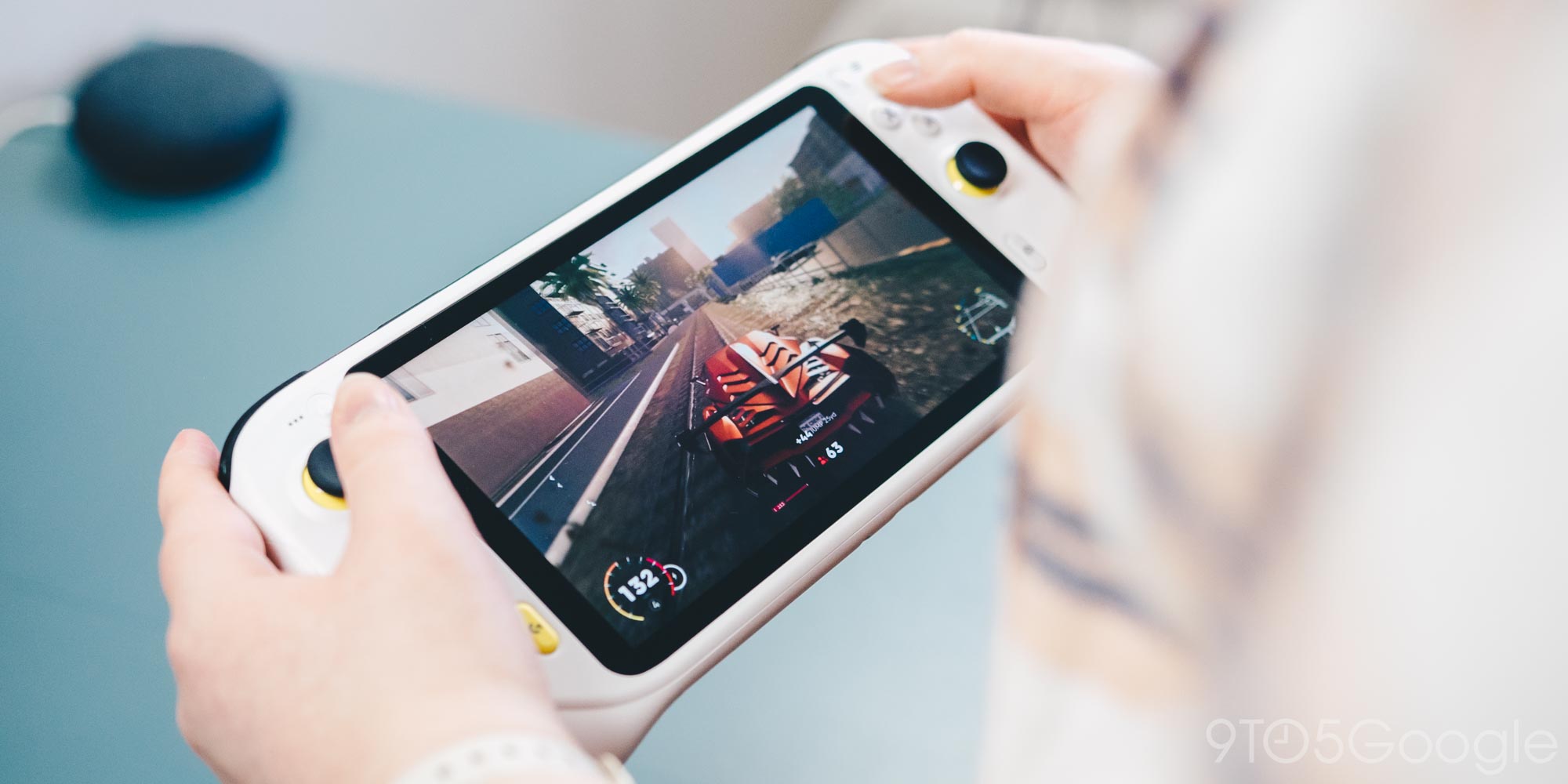
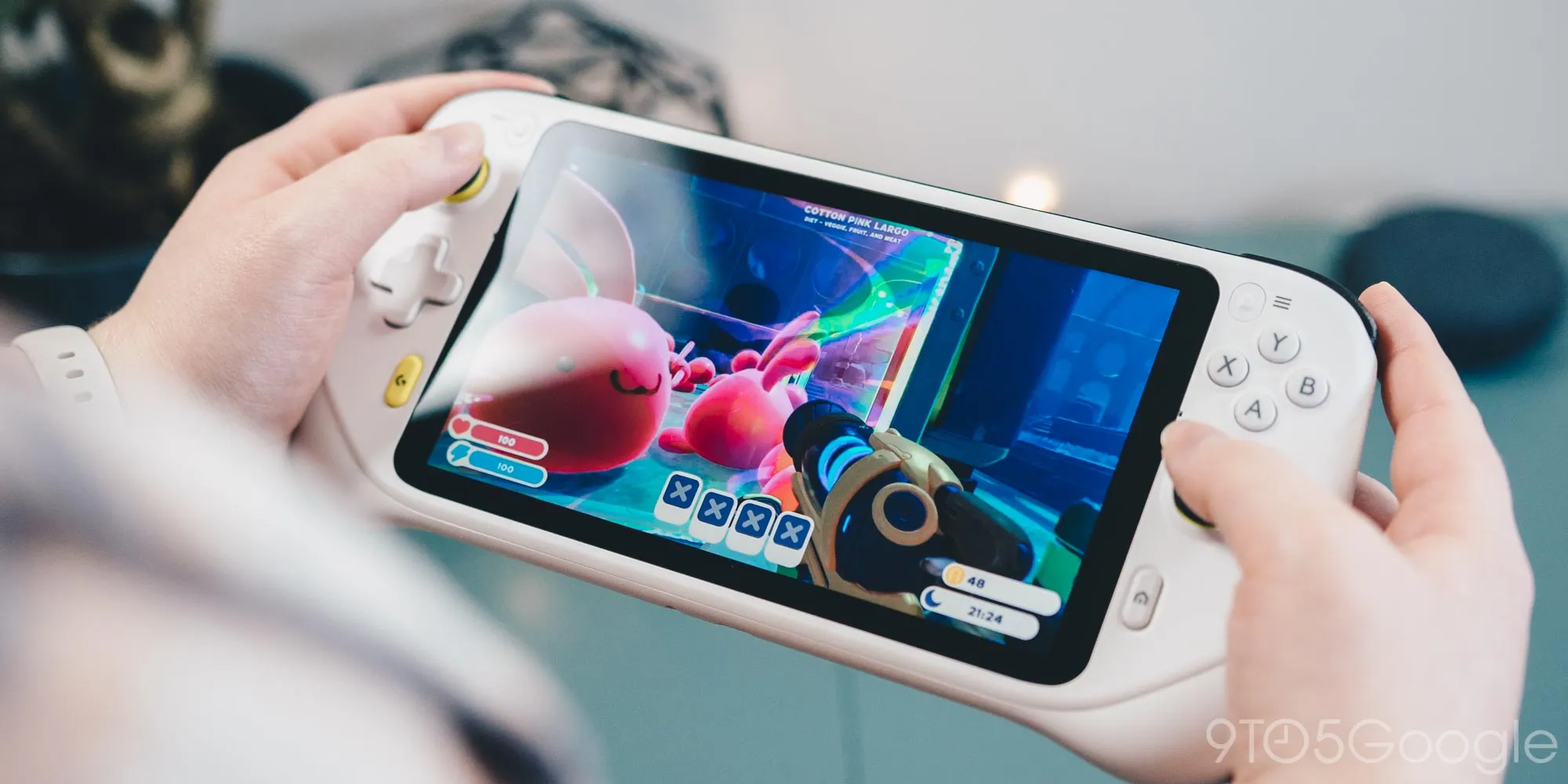
Of all services out there, NVIDIA’s GeForce Now is the leading name, with the RTX 3080 tier providing excellent visuals and next to no latency. Playing through GFN, I had an absolutely excellent time on the G Cloud and couldn’t be happier with how it performed. Xbox Game Streaming, however, left me with a slightly bitter taste in my mouth due to lacking stream quality and a little too much latency for me. Of course, the PWA is still in beta and is expected to feel those pitfalls.
Final thoughts
The Logitech G Cloud costs $350 at full price, with pre-orders coming in at $299. That’s pricey – there’s no denying that. If cloud gaming was much more mainstream and didn’t still have growing pains to get through, the G Cloud would be an easier sell for sure.
For what it is, the Logitech G Cloud does its job very well. It has very well-designed Logitech hardware embedded into it, and the display is clear and leaves a lot of room for cloud gaming to shine. The handheld runs buttery smooth when it undertakes any hardware-reliant process. Really, all the faults with the device are due to what cloud gaming isn’t capable of today. The lag, sometime low stream quality on some services, and the general need for consistent, high-speed internet really limit the market for the G Cloud and dulls what shine it could have. That being said, improvements in cloud gaming come out on a regular basis.
If you love to play games from GeForce Now and don’t mind the cost of its paid or highest RTX 3080 tier, then the G Cloud is an easy sell. For those who have Xbox Game Pass Ultimate, it’s a little harder because games from that platform just don’t run as well. Again, Xbox Game Streaming is still very much in beta, so its likely to improve dramatically over the next while.
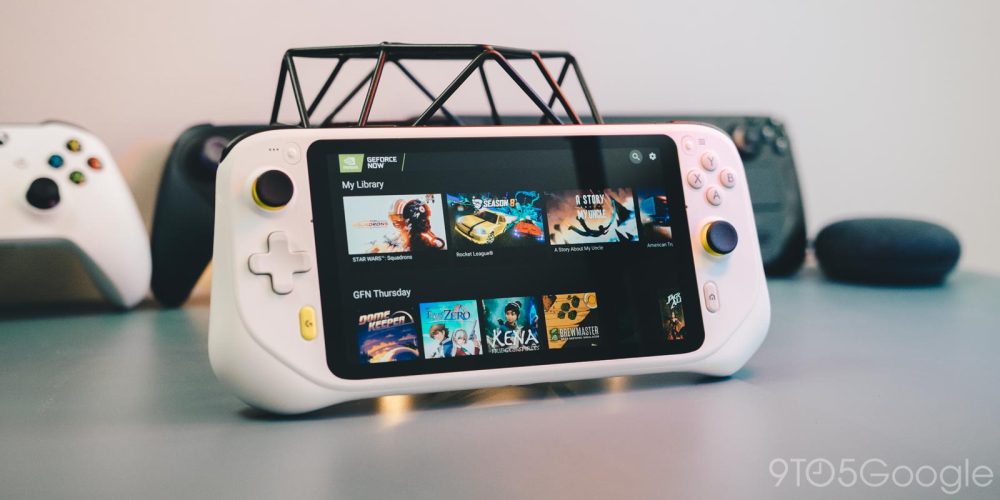
In all, the G Cloud is a great device that has a lot of long-term potential, seen as it likely won’t go out of date anytime soon. It really comes down to what services you plan on paying for in order to really make it worth it. With how well it runs cloud-based games and how long the battery keeps you chugging, the G Cloud has become one of my go-to handhelds lately and definitely my favorite way to experience cloud gaming.
Where to buy:
FTC: We use income earning auto affiliate links. More.





Comments